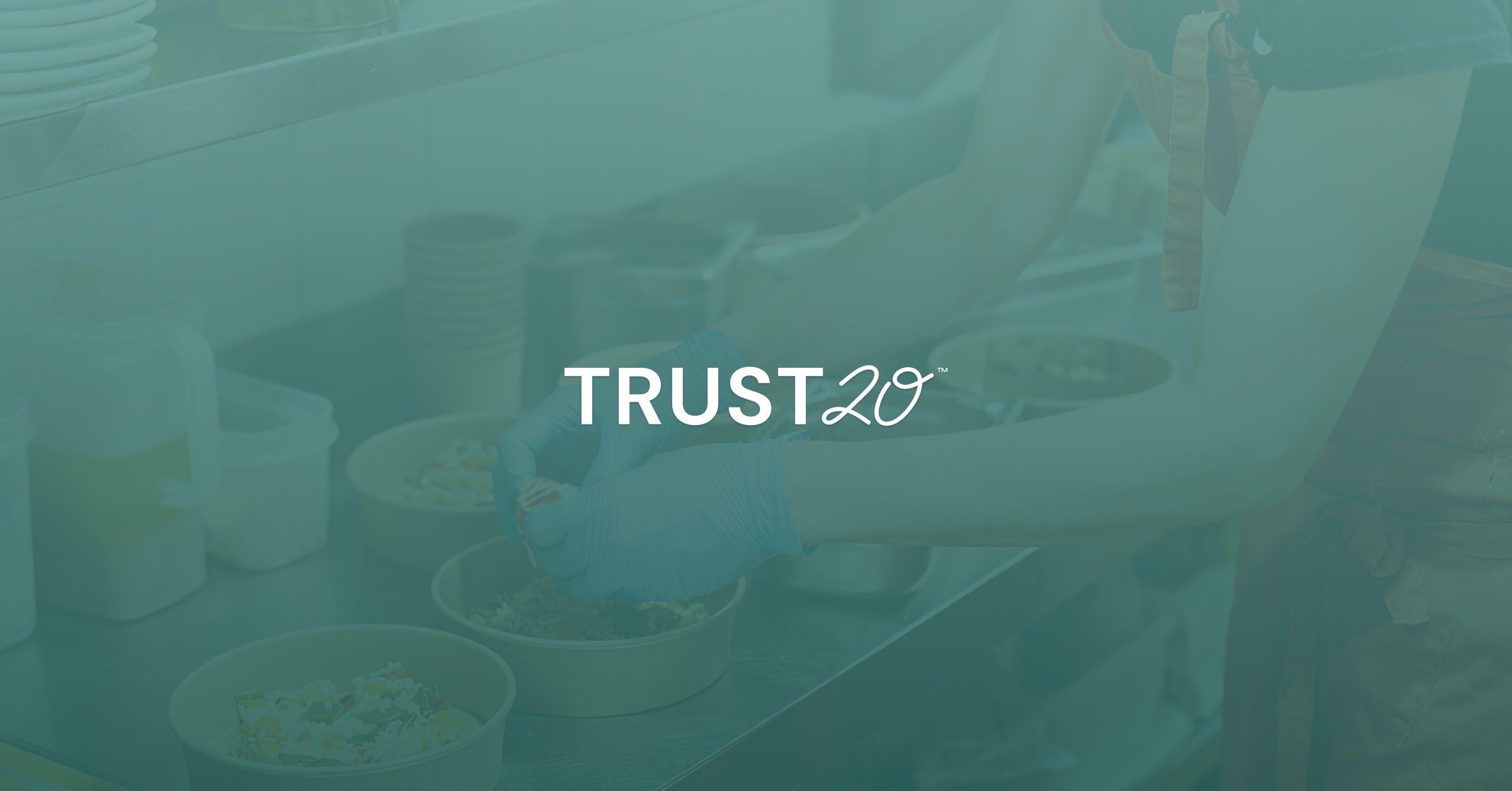The “First In, First Out” (FIFO) method is key to properly organizing your cooler and preventing food waste.
We’ve all been there–a desperate hunt for one essential ingredient, only to discover it hidden at the back of a shelf and woefully out of date.
FIFO is a simple enough concept that can significantly impact your establishment. We’ll spell it all out in this blog and talk about:
How does FIFO prevent foodborne illnesses?
Can FIFO help prevent allergic reactions?
Does FIFO help with waste management and sustainability?
Does FIFO only apply to TCS foods?
How does FIFO work?
The FIFO method goes hand in hand with receiving and storing foods. After inspecting a food order and receiving it at your establishment, it is your responsibility to store the new products properly.
First in, first out means organizing your cooler, freezer, and storage shelves by storing the oldest items at the front and the newest items at the back.
As you put away a new food delivery, you cannot just throw the fresh items on shelves. You must take the time to put the newer items behind any foods already in place.
How does FIFO prevent foodborne illnesses?
The FIFO method prevents foodborne illness outbreaks. This type of organization helps prevent food items from getting pushed to the back and left to rot.
Staying on top of product rotation means pathogens like mold don’t stand a chance, and it also reduces the risk of serving expired food to customers.
To put it simply, FIFO improves freshness and improves food safety.
Can FIFO help prevent allergic reactions?
FIFO can help you reduce the occurrence of allergic reactions. Food allergies are on the rise, and it’s not enough to know the nine major food allergens. You also need to know how to keep them out of the mouths of customers with allergies!
Smart food storage is a surefire way to prevent cross-contact–or the transfer of allergens onto other food–and FIFO is at the heart of smart and safe food storage.
Integrating FIFO into your work will support allergen awareness best practices and help prevent allergic reactions.
Does FIFO help with waste management and sustainability?
This practice also helps promote effective waste management.
Food waste is any unused or discarded food. It is the result of overproduction, improper storage, and customer leftovers. It harms the environment and your bottom line.
FIFO helps you reduce waste by ensuring you use ingredients before they go bad.
Does FIFO only apply to TCS foods?
While TCS foods, like meat, poultry, dairy, eggs, and leafy greens, have an increased risk of spreading foodborne illnesses, ready-to-eat foods and dry goods can still go bad over time and make customers sick.
The FIFO method is an organizational system at heart, which means you can use it throughout your establishment. It will ensure you’re not wasting space with expired products and encourage proper labeling habits among every food handler on the team.
The takeaway
The “First In, First Out” method can help prevent foodborne illnesses and allergic reactions, reduce food waste, and keep your kitchen more organized. However, it only works if everyone on the team is on board.
Managers should properly train staff on this practice during onboarding and consider including it in the occasional stand-up training for existing staff. Regular training will help ensure everyone is on the same page throughout their day.
FIFO supports food safety and your bottom line, so next time you do a walk-through, check out your storage shelves to see what’s lurking at the back and see if you need to implement FIFO today!






.png)

.png)
